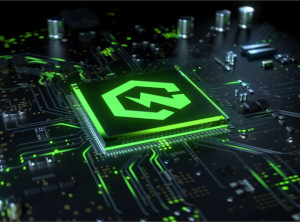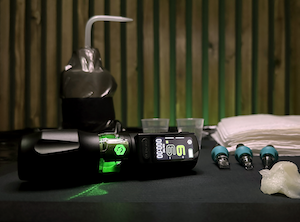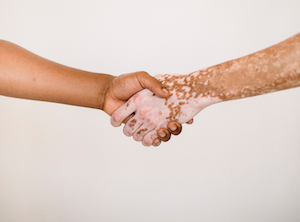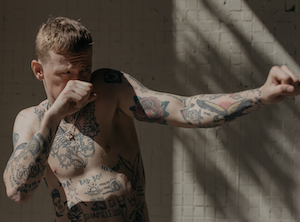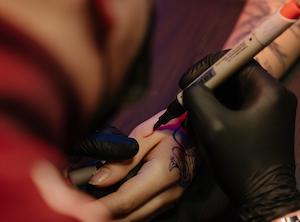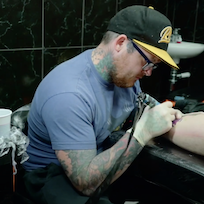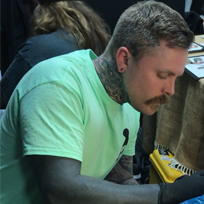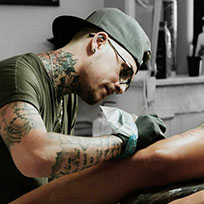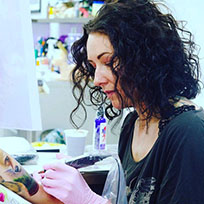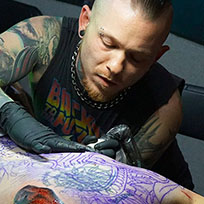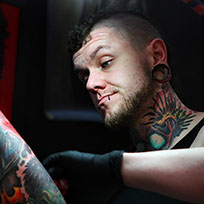Lots of different products go into the whole tattoo procedure, from art supplies at the initial design and stencil process all the way through to the aftercare plan. However, your tattoo machine, for most artists, is your pride and joy. Now there are literally hundreds, most probably thousands, of different types of tattoo machines out there from various brands around the globe – but which one is for you? The first place to start is deciding if you’d prefer a Rotary Machine or Coil Machine (or both!)
Here we’ll look at the main differences between the two which will hopefully help you in your decision.
Technical differences
There’s no doubt both rotary and coil machines can be used to create magnificent tattoos, yes both machines provide the same outcome but it’s the way they go about this that differentiates them. So how does a rotary tattoo machine work? How does a coil tattoo machine work? We’ll start with the latter.
Coil tattoo machines
A coil tattoo machine utilises an electromagnetic current to create and break a circuit. This happens in a cycle motion meaning when the coils are electrically charged, they pull the machines armature bar down pushing the attached tattoo needle into the skin. The act of the armature bar coming down breaks the connection between the front spring and contact screw, and thanks to the back spring this then springs back towards the contact screw. The needle is retracted back into the tattoo tube and the cycle starts again. This obviously happens over the time of a few nanoseconds, the rate at which the user sets via the power supply.
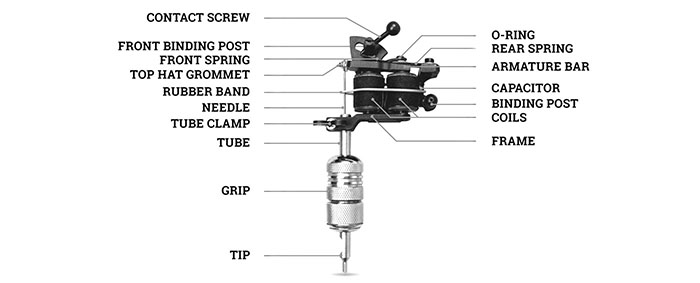
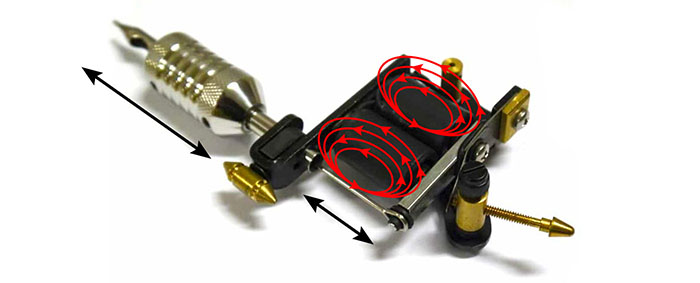
Of course, there isn’t just one type of coil machine (that’d be too simple). The most popular type is a two coil machine but there are some single coils out there as well as some triples! The more coils, the more power that can be achieved. Aside to the number of coils, there’s also the shape and size of said coils that create even more diversity to choose from. A coil is generally an 8, 10 or 12 wrap, meaning the numbers of layers wrapped around the core of the coil. The number of wraps effects the downward electromagnetic pull, in turn achieving higher or lower speed and power.
Rotary tattoo machines
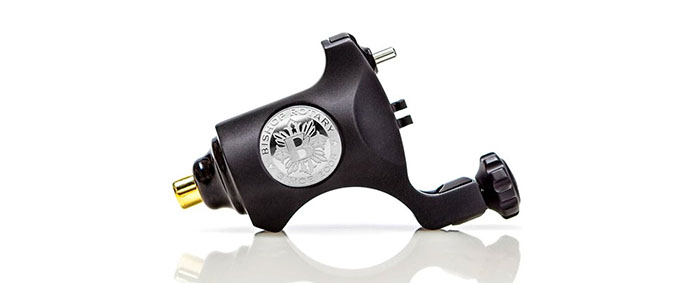
A rotary tattoo machine will generally have a small (quiet) enclosed motor with a cam/bearing that’s then either attached to a drive bar or a tattoo needle. In a roundabout way the motor rotates the cam in a circular motion giving the needle or plunger bar the up and down motion needed to push the needle or tattoo cartridge pins into the skin. Again, just like the coil machine, there are many different variations of a rotary machine; the one we’ve just described is a direct drive and is the most popular by far, but another common type is a slider which is shown in the image below, the needle bar is attached to a nib on a slider and the motor drives the slider up and down.
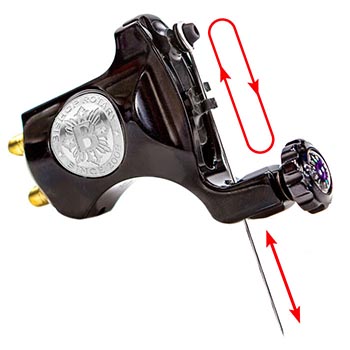
Noise & vibration output
The current demand is for a quiet tattoo machine. As expected, there’s a considerable noise and vibration difference between a Coil and a Rotary machine. Some artists (and clients too!) love the buzz of a coil machine, it’s authentic sound just cannot be beaten or matched by a rotary. Consider it the traditional sound of a tattoo studio. However, a lot of tattoo artists and again, clients too, cannot cope with the loud buzzing of a coil machine and the vibration can cause some hand, finger and wrist problems for the artist too. With the advancements in technology over recent years, the little vibration and noise of a rotary machine has been almost completely removed! For example the Cheyenne SOL range of Luna, Terra & Nova machines are a shining example of near noise and vibration free technology.
Needle & cartridge options
The options for needles and cartridges between Coil and Rotary machines used to differ. Mainly because tattoo cartridges weren’t really a thing when it was just coil machines that existed. Nowadays thanks to cartridge grips, there’s only a very small selection of coil or rotary machines that cannot be used with cartridges (this will be stated in the specifications of the machine).
Tattoo cartridges are now that popular and preferred by many artists, the rotary machine marketplace is absolutely flooded with cartridge only machines such as the FK Irons Spektra Xion Pen range, the Bishop Wand and Fantom machines as well as all Cheyenne tattoo machines.
Tattoo needles are still very widely used though, the configurations available (and possible) in tattoo needles hugely outnumbers tattoo cartridges.
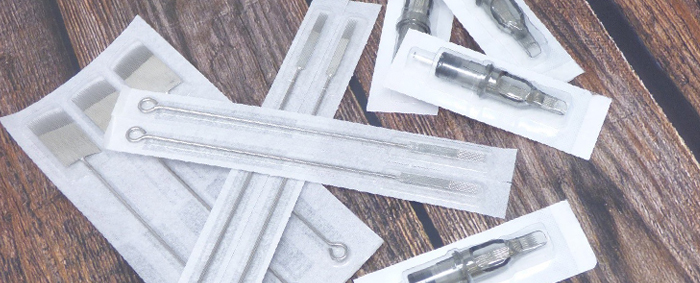
Versatility
Depending on the tattoo artist, their skill, knowledge, training and experience will be the factors that decide which tattoo machines are used for which type of tattoo work. When it comes to Coil vs Rotary, generally artists used to favour using coil machines for line work and a rotary for shading. Colour packing was either of the two dependant on the artist. Again, thanks to advancements in technology, a lot of rotary machines are now capable of lining like a coil depending on the stroke length selected. Such as the Bishop Liner Wand or the Cheyenne SOL Terra.
Some artists have several different rotary machines for their work, some also have one or two coil machines as well as rotaries. Others are ‘loyal to the coil’ and swear by coil machines for all the tattoos they do. A surprisingly high amount rely on just one all-rounder machine that covers lining, shading and colour packing. A few good examples of great all-rounder machines are the Bishop V6 machines (needle and cartridge compatible), all InkJecta machines (due to the simply awesome adjustability options) and the industry changing FK Irons Xion Pens (cartridge only) which give artists ‘full control of parameters to unleash their creative vision’.
Pros and cons
It’s very difficult to name pros and cons between Coil and Rotary machines as some cons will be pros to others and vice versa. But we’ve tried to name a few that most will agree on.
Rotary machine pros
- Less fiddly and generally easier to use and get to grips with.
- Essentially a ‘plug in and play’ option. Any required adjustments to stroke length or machine give are generally done via a quick twist of a dial or the grip itself.
- They look pretty damn cool.
- Easier to clean and wrap or bag up.
- Some Rotary machines are adaptable to suit all styles of tattooing.
- Low maintenance.
- More suited to work with today’s tattoo technology.
- Work better with Tattoo Cartridges
Rotary machine cons
- The pure simplicity and clever technology of rotary machines generally does mean they come at a higher cost. Not in all cases – but in most.
- It’s rare, but unfortunately as with any machine or motor, from cars to dishwashers, they breakdown or gain a fault. If your rotary machine stops working, it can be difficult to diagnose and fix as the working parts, in most cases, are enclosed and unreachable (for good hygiene reasons!). Machine brands do offer good 1-2-year warranties, meaning it’s just a case of sending your machine to be restored to working order.
Coil machine pros
- Although expensive coil machines do exist. There are a lot of high quality, affordable coil machines that are within most tattoo artists budgets. Check some of them out here.
- With the correct training, Coil machines can be tuned and adapted to suit all styles of tattooing.
- Keep the traditional ‘sound’ of a tattoo studio.
Coil machine cons
- A coil tattoo machine is high maintenance, fact. They require regular spring adjustments and replacements, as well as the constant condition monitoring of other components; capacitors, contact screws, binding posts to name a few.
- Loud! As we mentioned above some people do love the traditional buzz of a coil machine. However, the majority nowadays cannot cope with the sound and find it irritating as well as artists finding the vibration of a coil just too much to cope with, especially on longer sessions.
- Tattoo cartridges, grips and tubes, nowadays, are generally designed more for the growing demand of Rotary Machines rather than Coil Machines.
So what now . . .
You’ve probably gathered by now that much of the decision between a Coil vs Rotary scenario is down to the individual artist, the method in which they learnt to tattoo and the tattoo style they intend to offer to their clients.
Stats show that coil tattoo machines seem to be a dying breed, accounting for only 5% of the tattoo machine market! The figures were obviously much different 7+ years ago when coil machines were much more mainstream. Today, you tend to see new rotary machines being released or put into production (with a cheeky preview on social media) every few weeks!
If you’d like further help with your decision or any extra info on any of the machines mentioned above, please contact our friendly sales team on +44 (0)114 257 6022 or [email protected] alternatively you can also contact us via our Facebook and Instagram channels.













 What Is A Prince Albert Piercing?
What Is A Prince Albert Piercing?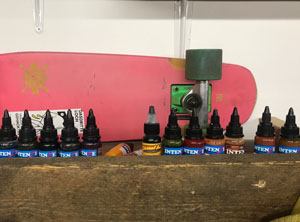 The Best Tattoo Ink 2024
The Best Tattoo Ink 2024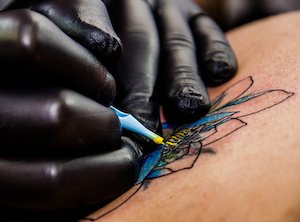 Tattooing Over Stretch Marks, Moles, Scars And Other Skin Conditions
Tattooing Over Stretch Marks, Moles, Scars And Other Skin Conditions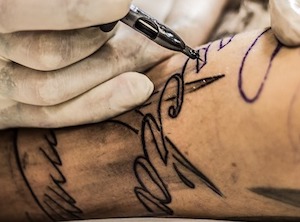 11 Best Fonts For Tattoos 2022
11 Best Fonts For Tattoos 2022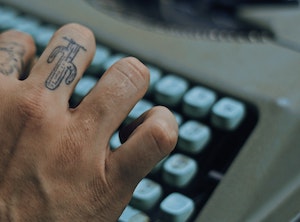 Advice For An Itchy Tattoo
Advice For An Itchy Tattoo